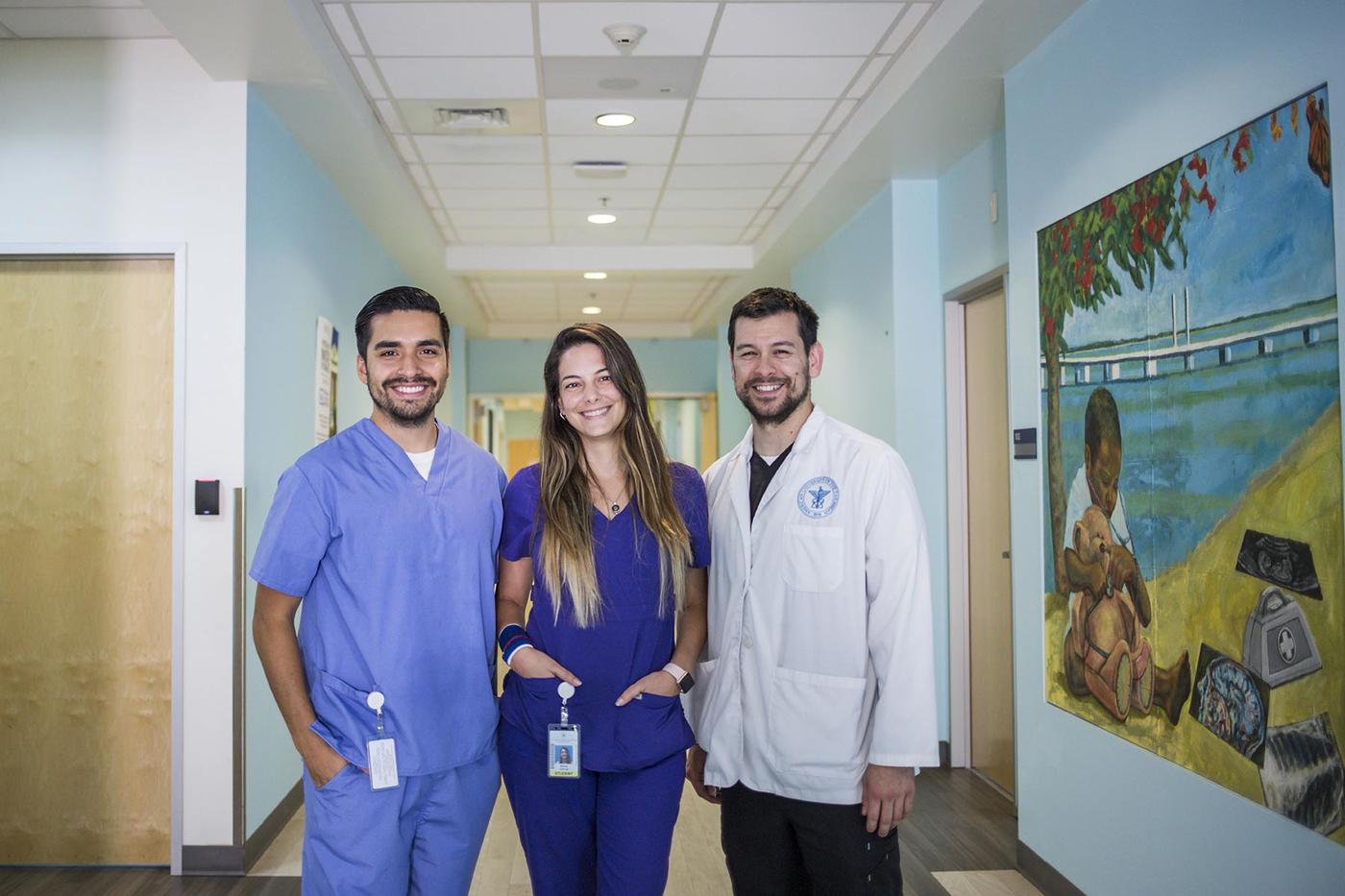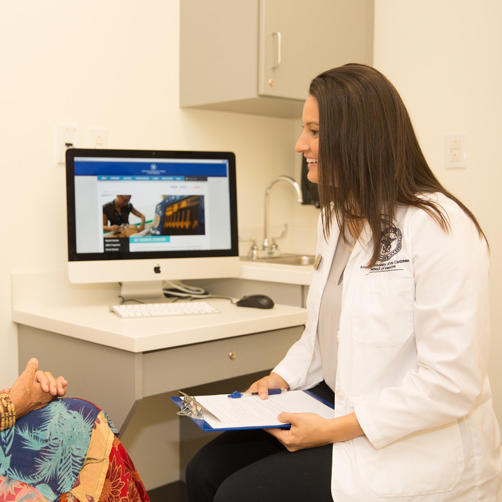If you are hoping to embark on a career in patient care, you can choose from many career options. Many people find themselves deciding between becoming a physician assistant (PA) or a doctor of medicine (MD). Both PAs (who are sometimes called physician associates) and MDs work with patients and use clinical skills to treat sickness and injuries. But there are some key differences between the roles, particularly in education, salary, and lifestyle.
To help you decide between being a PA or an MD, it’s important to evaluate the roles each medical professional plays. Knowing the differences between the two will help you decide which is better suited for your desired career path.
What Are the Differences Between a PA vs. an MD?
Both PAs and MDs are professional medical clinicians who work closely with patients, diagnosing and treating medical conditions. Becoming a PA requires less training than becoming an MD, however. And in many circumstances, PAs work under the supervision of an MD.
Physician Assistant: Education Path
To become a PA, you must first earn a bachelor’s degree, usually in biological sciences. You will then need to gain medical experience and obtain a Master of Science (MS) in a physician assistant or physician associate program. You could gain experience by working as a certified nursing assistant or registered nurse, an emergency medical technician or emergency room technician, a lab or medical assistant, or a paramedic or surgical technician. Some future PAs get their medical experience in the Peace Corps or in the military, where they serve as medics or medical corpsmen. MS PA programs typically last two or three academic years and include more than 2,000 hours of clinical rotations composed of emergency, family, and internal medicine; general surgery; obstetrics and gynecology; pediatrics; and psychiatry. After undergraduate work, medical experience, and an MS PA program, PAs will typically have invested anywhere from six to 10 years of education and training in their profession.
After earning an MS, graduates can take the Physician Assistant National Certifying Exam® (PANCE), administered by the National Commission on Certification of Physician Assistants (NCCPA), to earn PA-C certification. To practice their profession, PAs need to be licensed in the state where they want to work.
To maintain PA-C certification, you need 100 hours of continuing medical education (CME) credits every two years. Every 10 years, you are required to take and pass the Physician Assistant National Recertifying Exam (PANRE) or complete the PANRE-LA (longitudinal assessment), an at-home exam taken periodically over two to three years.
Doctor of Medicine: Education Path
MD education follows a different path and takes slightly longer—at least 11 years—to complete. After four years of undergraduate work, future MDs must attend an accredited (typically four-year) medical school such as American University of the Caribbean School of Medicine (AUC). After earning an MD degree, they must complete their training in a medical residency, which lasts a minimum of three years. MDs must pass the United States Medical Licensing Examination® (USMLE®) and become licensed in the state where they wish to work. Physicians, too, must periodically complete a certain number of CME hours and renew their state licenses.
What Is the Demand for a PA vs. an MD?
There is high demand for both PAs and MDs because of the ever-increasing need for patient care providers. For PAs, the United States Bureau of Labor Statistics estimates job growth to be about 28% (much faster than average) through the year 2031.
MDs and their skills are always in high demand, especially as the population ages and requires more medical care—and as the physician workforce ages as well and more doctors retire. The American Association of Medical Colleges (AAMC) estimates a shortage of up to 124,000 physicians by 2034. This shortage means that more MDs are needed to fill positions, and it also benefits PAs, who can take on primary care roles once held exclusively by MDs.
What Are the Work and Lifestyle Differences Between a PA vs. an MD?
The overall work and lifestyle of PAs and MDs varies. Physician assistants are more likely to have a regular schedule and average a 40-hour work week. Many serve as primary care providers, particularly in rural and medically underserved communities, working “9 to 5” in an office setting. On rare occasions, PAs may be required to work additional hours or be on call.
Medical doctors tend to work longer hours, usually more than 40 hours per week, and longer shifts, which may include irregular, holiday, or weekend hours and being on call.
How Do Roles and Duties Differ Between PAs and MDs?
From the perspective of a patient, the roles and duties of PAs vs. MDs may seem similar. Both PAs and MDs diagnose, treat, and care for patients and prescribe medicines. Although both usually work as part of a medical team, PAs are often supervised by MDs, while MDs enjoy a considerable degree of autonomy. The MD is typically not in the same room during patient treatment, but they oversee the PA’s work. Because of this—and because MDs must graduate from medical school—MDs generally enjoy a higher level of occupational prestige.
The key differences between the role of a PA vs. an MD come to light when a complex issue arises. MDs have knowledge about complicated conditions that many PAs may not possess. PAs also cannot perform surgeries like MDs can, although PAs often assist in surgeries when needed.
What Are the Pros and Cons, PA vs. MD?
Each person’s pros and cons when choosing a PA vs. an MD path will be different. Each aspiring medical professional has their own goals, and it is imperative to consider which factors are important to you. You may want to consider the following questions to help make your decision:
- How much time do you want to spend in school and training for your career?
- Do you want to practice alongside other medical professionals or independently?
- How do you want your work/life balance to look?
- Do you want flexibility in your career?
- Are salary and prestige two of your motivating factors?
All these questions are important to consider before making your decision. If you think becoming an MD is the path for you, take a look at the MD program at American University of the Caribbean School of Medicine. Our medical sciences curriculum is based on those used in the United States, and our MDs are eligible to apply for residency and licensure to practice medicine throughout the United States, Canada, and elsewhere. Request more information about AUC, and, if you’re ready, apply to AUC today!





